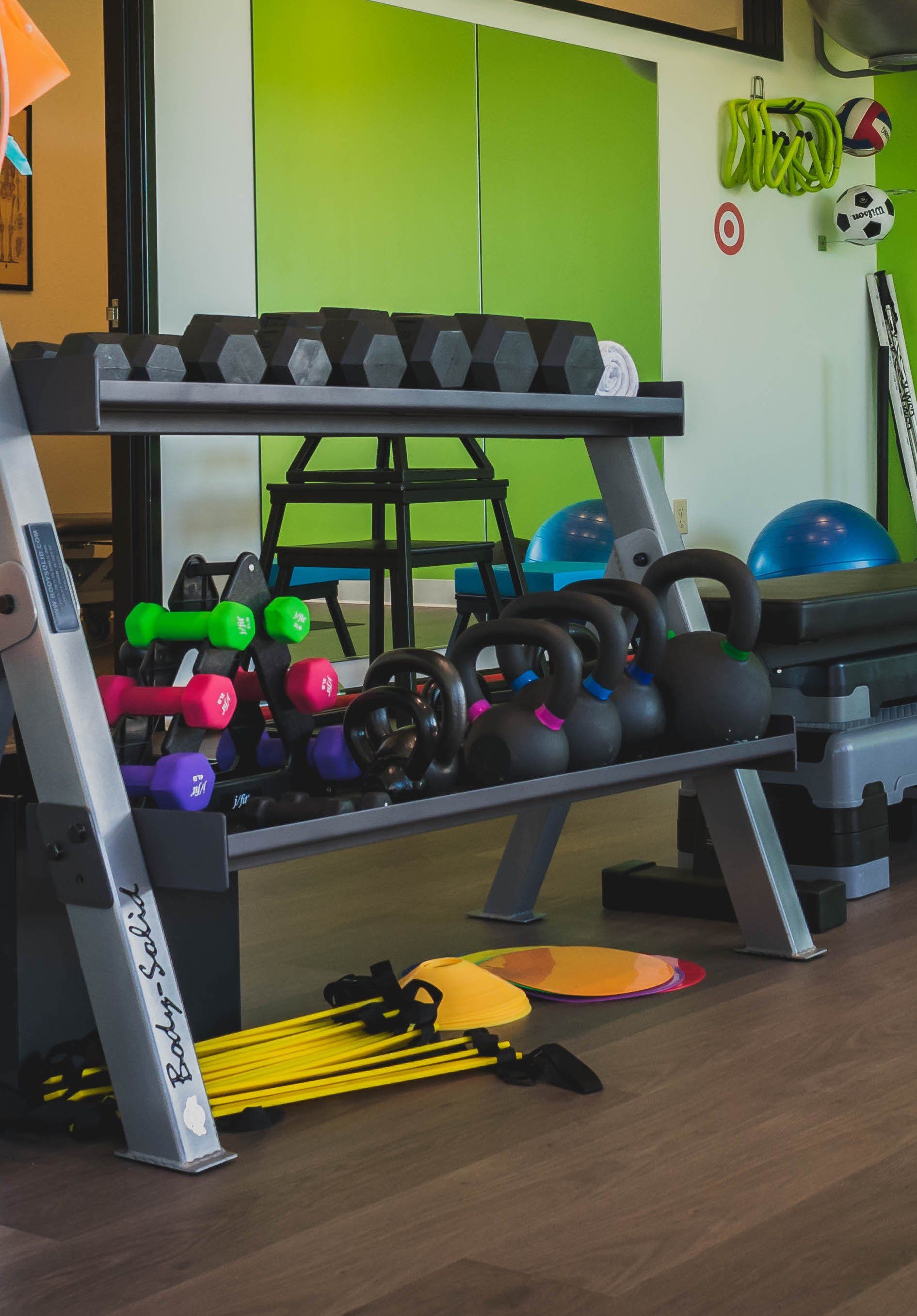More than 40% of Americans will experience at least one episode of dizziness that requires them to seek medical attention. If these symptoms continue to persist, it could be a sign of a balance disorder that could considerably impact their quality of life and increase their risk of falling.
Dizziness vs. Vertigo
What’s the difference between dizziness and vertigo? Dizziness is a very broad term that can encompass lightheadedness, unsteadiness or a fainting sensation. Vertigo is actually a specific type of dizziness that is described as the sensation that one’s surroundings are moving or spinning around them.
Dizziness can be caused by a wide range of issues including low blood pressure or low blood sugar, cardiac disorders, anemia (low iron levels), dehydration, anxiety disorders, disorders related to the cervical spine, side effects of various medications, and vestibular dysfunction (which is the category that vertigo would fall into).
Vertigo is usually a sign that some part of your vestibular system, which includes structures located inside of your inner ear, are not communicating correctly with your brain. This relationship is what senses movement and gives us awareness or feedback about where our head is located or positioned in space. Along with vertigo, other symptoms that may indicate a vestibular dysfunction could be blurred vision, loss of stability or balance, motion sensitivity and difficulty walking.
Causes Of Vertigo
The most common and often one of the most recognized disorders is benign paroxysmal positional vertigo (BPPV). This occurs when crystals of calcium carbonate (otoconia) detach from a membrane in the inner ear and become displaced inside one of its semicircular canals. When the head moves, these crystals then shift and send false signals to the brain, leading to vertigo and abnormal movement of the eyes (nystagmus). Symptoms will occur during positional changes, such as rolling over in bed, bending over, tilting your head back to wash your hair and quickly turning your head to the right or left.
Other causes of vertigo are vestibular neuritis or labyrinthitis, Meniere’s disease, acoustic neuromas and vestibular migraines. Vestibular neuritis and labyrinthitis, which are inflammatory conditions that result from an inner ear infection, can lead to sudden, intense and constant vertigo, nausea, vomiting and imbalance, and can cause hearing loss (when labyrinthitis is involved).
Meniere’s disease is the excess buildup of fluid or lymph in the inner ear that results in periodic episodes of vertigo that can last for several hours and be accompanied by tinnitus (ringing in the ears) and fluctuating hearing loss.
An acoustic neuroma is a tumor that is typically benign and results in gradual hearing loss, tinnitus and imbalance, and finally, vestibular migraines are severe headaches that can elicit vertigo and light/noise sensitivity.
This list is certainly not all encompassing, as there are various other less common causes of vertigo such as stroke and multiple sclerosis.
Vertigo Physical Therapy Treatments
If you believe you are experiencing any of the above symptoms, the first step is to seek medical advice in order to obtain an accurate diagnosis. This will determine what course of treatment is needed and may be the most effective for your particular case. Oftentimes, vertigo physical therapy will be recommended for BPPV to reposition displaced crystals and for vestibular rehabilitative therapy following episodes of vestibular neuritis or labyrinthitis. Your Therapydia physical therapist will perform a series of tests, including an oculomotor exam to assess your gaze and the movement of your eyes, various functional testing to assess your gait and balance and different maneuvers involving the positioning of your head to determine what elicits your symptoms. After assessing these factors, our physical therapists can then develop an individualized plan of care that targets the areas you need and helps not only to minimize/eliminate your vertigo, but to restore any balance deficits, reduce your risk of falls and safely return you to your prior level of activity.
